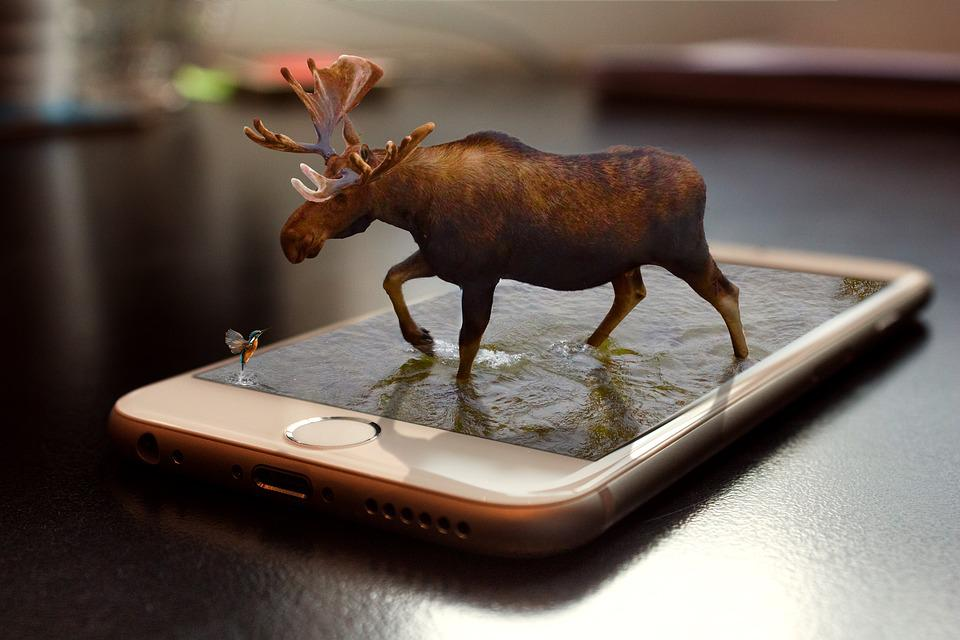
3D Scanning remains one of the top photogrammetry approaches in 2025. It continues to leverage the rapid advancements in Artificial Intelligence and Augmented Reality, bridging the gap between the digital and physical worlds.
The technology has become even more sophisticated on iOS devices, with improvements in both hardware and software. Now, not only tech-savvy individuals or IT engineers but also everyday users can perform high-quality scans and share them effortlessly for various services.
3D scanning is used to create digital versions of real objects, which can then be used for important tasks or 3D printing. The applications have expanded significantly since 2023, with new use cases emerging across multiple industries.
What is a 3D-Scan?
3D Scanning technology involves collecting digital information of a real-world scene or object and reconstructing an image/model resembling its appearance. This output can be used in 3D model creation, printing, and an increasing number of applications in 2025.
The process may involve different types of scanners, lights, sensors, and mobile applications to scan non-living objects, living beings, their parts, or the environment. The quality of output and its precision have improved dramatically with the latest iOS devices.
3D Scan Mobile App Example
While Face ID remains a well-known example of 3D scanning technology, iOS devices in 2025 offer much more advanced capabilities. The latest iPhones and iPads now feature enhanced LiDAR sensors and AI-powered software that enable highly accurate and detailed 3D scans of objects and environments.
Beyond Face ID
In 2025, iOS 3D scanning has evolved far beyond facial recognition. Various apps and sensors now allow for incredibly detailed 3D scanning of physical-world objects, from small toys to entire rooms. The applications range from professional use in industries like architecture and medicine to consumer applications in gaming and social media.
How Does iPhone or iPad 3D Scanning Work in 2025?
Apple’s latest generation of iPhones and iPads (post-2023) utilize advanced LiDAR sensors combined with sophisticated AI algorithms. This combination has significantly improved the accuracy and detail of 3D scans.
LiDAR and the Scanning Process
The LiDAR technology in 2025 iOS devices has been refined to provide even more precise measurements. The process remains similar:
- The LiDAR sensor emits laser light pulses at an incredibly high rate.
- As the object reflects the light, the device calculates distances and angles.
- AI algorithms process this data to create a highly detailed ‘Point Cloud’.
- The Point Cloud is then analyzed and transformed into a 3D object with unprecedented accuracy.
How to Perform a 3D Scan with iOS in 2025
Method 1: Using Existing Applications
In 2025, a wide range of sophisticated 3D scanning apps are available for iOS devices. Some popular options include:
- Canvas: Now offers real-time AI-assisted scanning for even more accurate results.
- Scaniverse: Introduced 3D Gaussian Splatting for photorealistic 3D scenes.
- RealityScan: A free app that creates high-fidelity 3D models using just your phone or tablet.
Method 2: Advanced Sensors and Custom Applications
For professional-grade scanning, external attachments like the latest Occipital Structure Sensor Pro continue to offer enhanced capabilities when combined with custom applications.
How Precise Is iOS 3D Scanning in 2025?
The precision of iOS 3D scanning has improved significantly since 2023. With the latest devices and apps, accuracy can now reach sub-millimeter levels in ideal conditions. For LiDAR-enabled iPads and iPhones (including most Pro models launched since 2020), most measurements are within 1-2% of what’s verified manually with a tape measure, laser distance meter, or existing blueprint.
However, the precision can vary depending on several factors:
- Device capabilities: Latest iPhone Pro models offer better accuracy than older or non-Pro versions.
- Scanning app: Different apps may yield varying levels of precision.
- Object characteristics: Complex or reflective surfaces may be more challenging to scan accurately.
- Environmental conditions: Lighting and stability play crucial roles in scan quality.
Utility of iOS 3D-Scan: What’s There for Businesses?
iOS 3D scanning has indeed made 3D model creation mainstream, with applications across various industries. As of 2025, the technology has evolved further, offering even more benefits to businesses:
- Retail and eCommerce: Sellers now provide immersive 3D views of products, enhancing the buying experience and reducing return rates by up to 5%.
- Marketplaces: 3D visualization has become a standard feature, attracting both sellers and buyers by offering more engaging product presentations.
- Fashion: Online fashion retailers use 3D scanning to create virtual try-on experiences, eliminating location barriers and improving purchase confidence.
- Culinary: Restaurants and food delivery services now offer photorealistic 3D renderings of dishes, enticing customers with lifelike presentations.
- Real estate: Realtors use LiDAR-enabled devices to create detailed 3D models of properties, saving time and resources while accelerating sales.
- Interiors: Designers leverage apps like Live Home 3D to scan rooms and create 3D models, streamlining the design process and client presentations.
- Gaming and Avatar-creation: Advanced 3D scanning allows for more realistic and personalized gaming experiences, with improved avatar creation.
- Testing: 3D models have become integral in product testing, reducing costs and environmental impact across industries.
3D-Scan in Medical Sector: Revolutionizing Healthcare in 2025
The medical sector has experienced significant advancements in 3D scanning technology, transforming various aspects of healthcare delivery and patient care.
Sidekick Interactive aims to develop high-utility apps for the medical industry, and the team has succeeded big time too. This list of a few recent custom 3D-Scanning iOS App development projects powered by Structure Sensor – completed & deployed by Sidekick – talks for itself:
HP Arize
Various American clinicians use this 3D foot-printing app to print plantar orthosis as per a patient’s foot problem or orthosis. It is enabled through an iPad app and is very accurate. With its deployment, the time to offer the solution is reduced, and the relief delivered through customized solutions is multiplied.
You MaWo
The custom glasses ought to be customized as per their end-users. In general, opticians manually make suggestions to users, making the process labor-extensive. Things are different at You Mawo. The company replaced its old tool with a 3D image creator that could record customers’ faces optimally and recommend the best option available for the buyer.
iBrace
Sidekick Interactive designed a super-precise body scanner that produces accurate 3D renders for clinics and doctors. From joints to the spine and plexus, this intuitive tablet application has evolved to scan various body parts with high precision. iBrace is fast, more accessible, and low-cost, which makes it perfect for custom orthotics.
The Future of iOS 3D Scanning: What’s Next?
As of 2025, iOS 3D scanning has made significant strides:
Improved accuracy: LiDAR-enabled devices now offer sub-millimeter precision in ideal conditions, suitable for demanding applications in medicine and engineering.
Enhanced software: AI-powered algorithms have improved the handling of challenging scanning conditions, such as symmetric objects and varying lighting.
Wider adoption: 3D scanning has become more accessible, with a range of apps catering to both professional and consumer needs.
Integration with other technologies: The fusion of 3D scanning with AI, AR, and machine learning continues to open new possibilities across industries.

